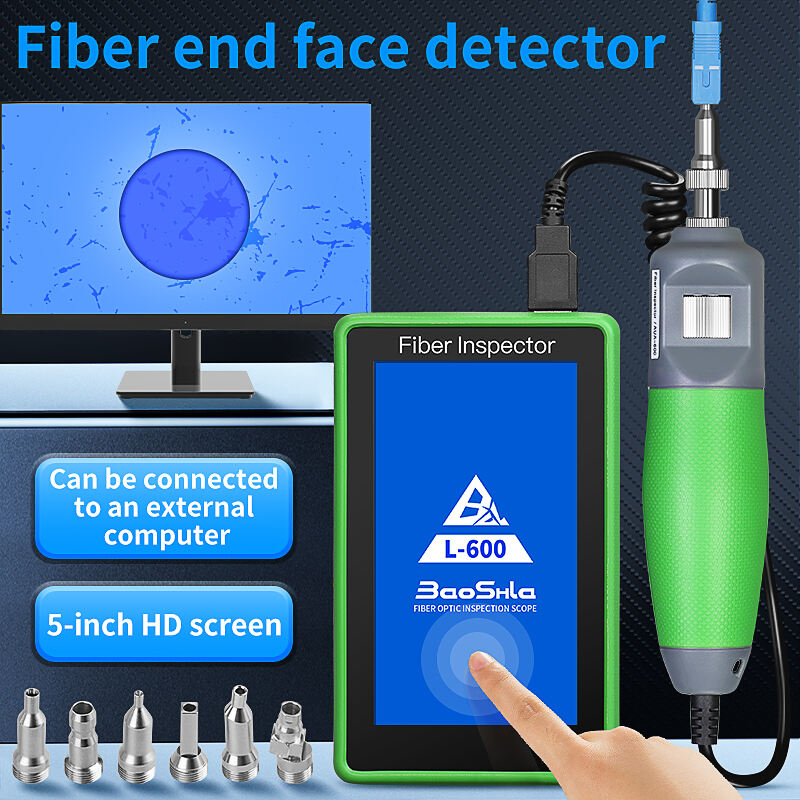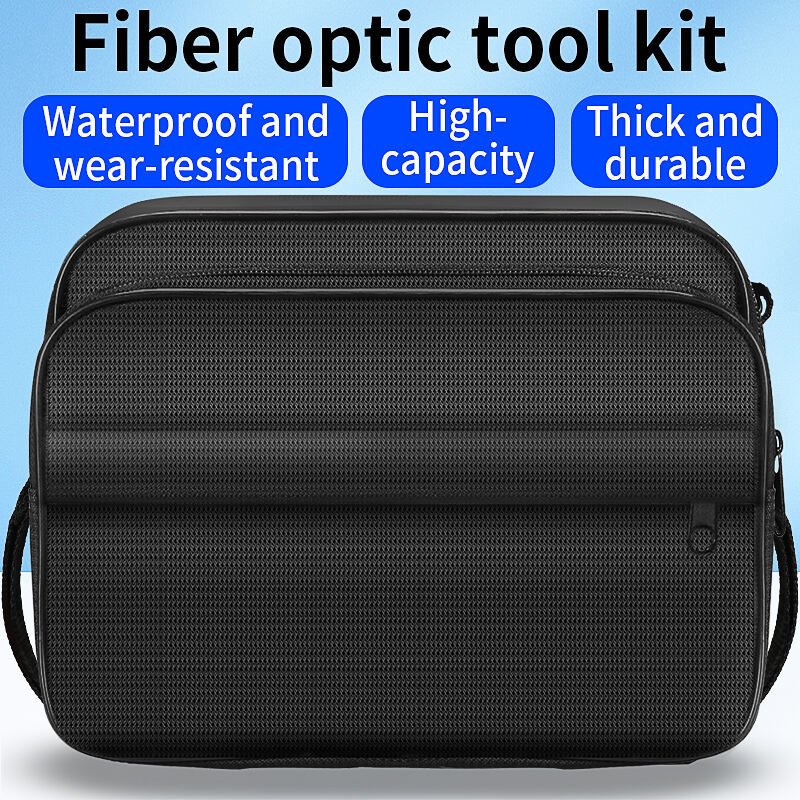fiber optic identifier
A fiber optic identifier is an essential diagnostic tool designed to detect and verify optical signals within fiber optic cables without requiring physical cable disconnection. This sophisticated device operates by detecting the presence of light through the cable's outer jacket, enabling technicians to identify active fibers, determine signal direction, and assess signal modulation. The device employs advanced photodetector technology coupled with precise signal processing algorithms to detect light escaping through the fiber's cladding. Operating across multiple wavelengths typically between 780nm and 1600nm, the identifier can recognize various transmission protocols including continuous and modulated signals. Modern fiber optic identifiers feature ergonomic designs with user-friendly interfaces, often incorporating LCD displays for clear signal readings and battery status indicators. These tools prove invaluable in network maintenance, troubleshooting, and installation processes, helping prevent accidental service interruptions and ensuring network integrity. The device's non-intrusive testing capability makes it particularly valuable in live network environments where service continuity is crucial. Many models also include enhanced features such as tone detection, multiple wavelength compatibility, and adjustable sensitivity settings to accommodate different fiber types and operating conditions.


